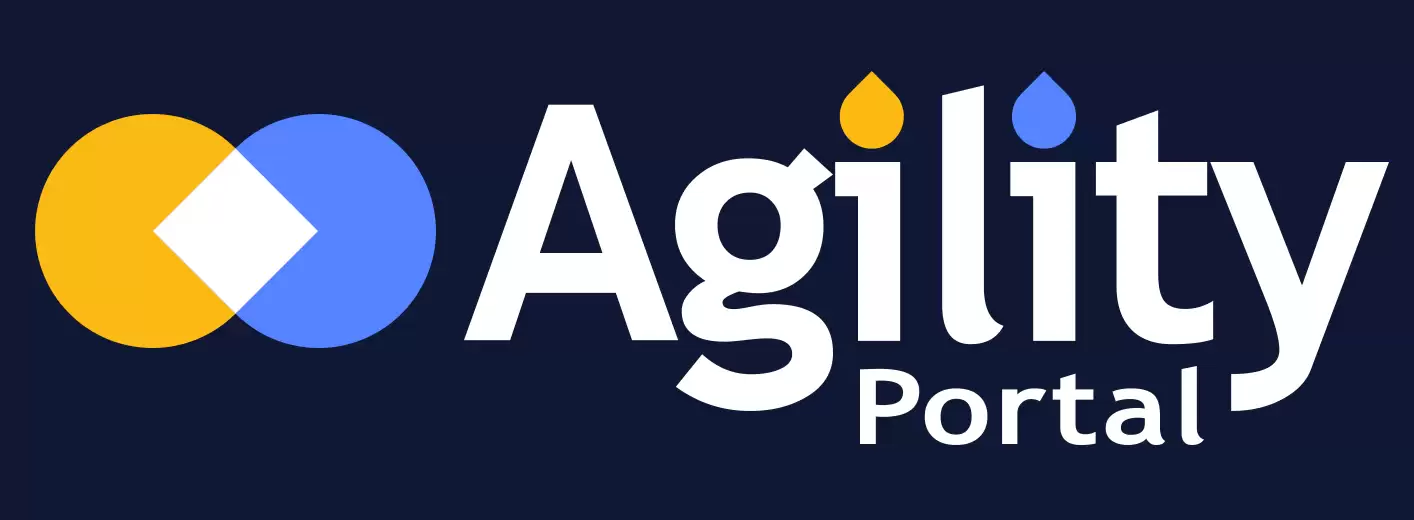Insight Blog
Agility’s perspectives on transforming the employee's experience throughout remote transformation using connected enterprise tools.
5 minutes reading time
(1009 words)
Institutional Knowledge & Memory – Loss, Transfer & Retention!
Institutional memory is a collective set of facts, historical data, concepts, experiences, and knowledge, ideas etc, but how is it retained in the workplace.
Employers used to be able to count on their employees to "stay put" until retirement. Those days are gone, along with the promised pension and employee loyalty that came with them. Today's companies are dealing with higher rates of employee turnover than at any other period in history. What happens when a company's best, brightest, most experienced, and knowledgeable employees walk out the door? What do they take with them, and what do they leave behind for the employer?
Employers lose institutional knowledge or history when individuals leave a job, whether voluntarily or involuntarily, and many companies lack adequate transfer strategies to mitigate the loss.
Importance of institutional knowledge and memory
The information, procedures, and techniques that an organization develops over time are referred to as institutional knowledge. In essence, institutional knowledge refers to what a company knows and how it operates.
The stored knowledge within the organization is called institutional memory. Tools and practices within each organization must be adapted to match the needs of that organization. These adaptations are built over time and passed down to new members of the group, preventing them from running into the same issues and having to invent a solution that already exists. Organizations save time and money that might otherwise be wasted in this way.
Many businesses are at risk of losing their memory because employees change jobs too frequently and don't pass on their knowledge. This type of "corporate amnesia" can have catastrophic ramifications.
That's why it's so important to keep track of institutional knowledge. This information can be used to create new goods, offer excellent customer service, and improve corporate strategies even if you have to admit to yourself that a strategy didn't work. You can come to a conclusion that we're not going to use that idea again; thus, it helps you to save time and resources.
Retaining institutional knowledge and preventing institutional memory loss
Institution knowledge is an eternal gift. It doesn't have to languish in a file, collecting dust until someone pulls it out. This knowledge can be applied to the development of new training programs and the motivation of employees to stay engaged at work. The following points will explain how you can do it.
Online mentoring
A mentoring program for senior and junior executives at the corporate level is an excellent method to bring them together. Mentoring programs can help bridge the knowledge gap between younger and more experienced employees while also increasing employee engagement. This is significant value addition, given a 2014 Gallup poll found that three-quarters of American workers are dissatisfied with their jobs. Such dissatisfaction has a financial impact: Gallup estimates that unmotivated workers cost American businesses between $450 billion and $550 billion each year.
Many firms have developed programs, such as company-wide mentoring, to increase institutional knowledge transfer and communication amongst workers and create a better work environment in order to foster an engaged workforce.
Employees can use online mentoring to learn new skills, take on new responsibilities within the organization, and improve their overall professional knowledge. Increasing employee knowledge not only helps you keep institutional expertise but also improves engagement and the bottom line.
Build a knowledge library
Internal wikis and content management libraries are two of the most prevalent approaches to reduce institutional memory loss.
Internal wikis allow staff to share information and create a knowledge base. Knowledge is curated online and does not leave the building when the senior executive goes because everyone has access. Intelpedia is an example of a company wiki that captures senior employees' institutional knowledge as a digital asset.
All content relevant to company procedures is stored in an enterprise content management (ECM) system on the company intranet. So, there's no more sifting through stacks of paper to get the relevant or desired information.
Not all blogs and wikis, however, are made equal. Some are far more effective in attracting and retaining employees' attention. The way the learning content in a knowledge library is organized is a big part of what makes it effective.
Create video lessons
Utilizing videos to document and communicate knowledge and expertise is another technological option for combating institutional memory loss. For some businesses, video production may appear to be a large project requiring significant resources. Fortunately, the internet is constantly gaining new innovative and simple-to-use video creation tools. Here are some of the most recent developments
Using mobile editing suites:
Short, slick videos that can be used in online materials are best created with a mobile editing suite. You can use your mobile device to shoot, edit, and post videos while also adding still photos and audio tracks. WeVideo, a limited-time free service, and Videolicious, a paid service, are two examples.
Using screencast technology:
You can create a screencast that combines narration with a recording of what's happening on your computer to show employees how to use a piece of software or demonstrate an online workflow. Quicktime is a basic program that comes pre-installed on Macs that can be used to create screencasts. If you use Windows, Screencast-O-Matic is a free web-based screencasting service.
PowerPoint presentations:
Some lessons do not necessitate the use of a complete video. As in a live workshop, you may only need to use a slide presentation. Fortunately, if you're using a slide app like PowerPoint, you already have the option of recording narration and exporting your slideshow as a video.
Conclusion
It's difficult not to be concerned about the loss of valuable individuals and the institutional knowledge that goes with them as more experienced staff leave in the coming years.
There is a lot that can be lost if institutions don't attempt to retain the knowledge that includes industry expertise to procedural best practices. Building an ecosystem where institutional knowledge is kept, transferred, and continually expanded upon requires starting early and prioritizing programs like mentorship, video content, and knowledge libraries. It is every company's best hope for preventing institutional memory loss and continuing on the path to expansion and growth.
Categories
Blog
(2600)
Business Management
(319)
Employee Engagement
(207)
Digital Transformation
(173)
Intranets
(119)
Growth
(118)
Remote Work
(61)
Sales
(48)
Collaboration
(37)
Culture
(29)
Project management
(29)
Customer Experience
(26)
Knowledge Management
(21)
Leadership
(20)
Comparisons
(5)
Ready to learn more? 👍
One platform to optimize, manage and track all of your teams. Your new digital workplace is a click away. 🚀
Free for 14 days, no credit card required.














